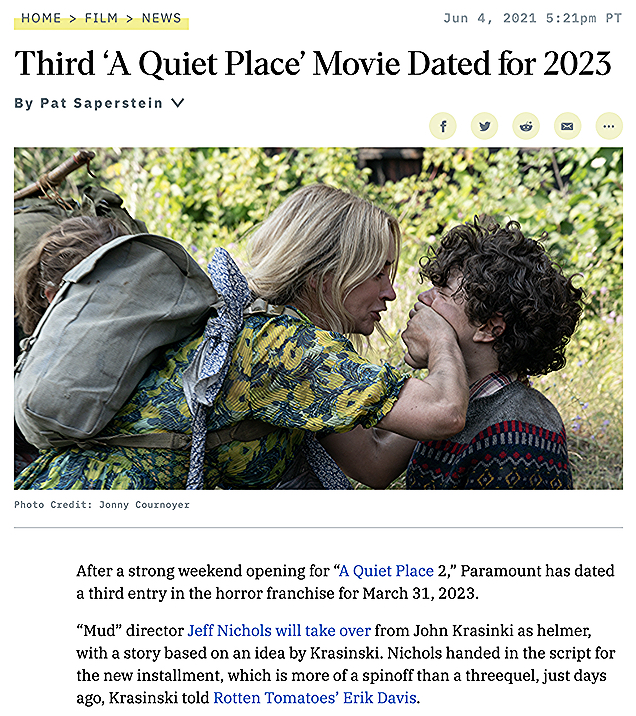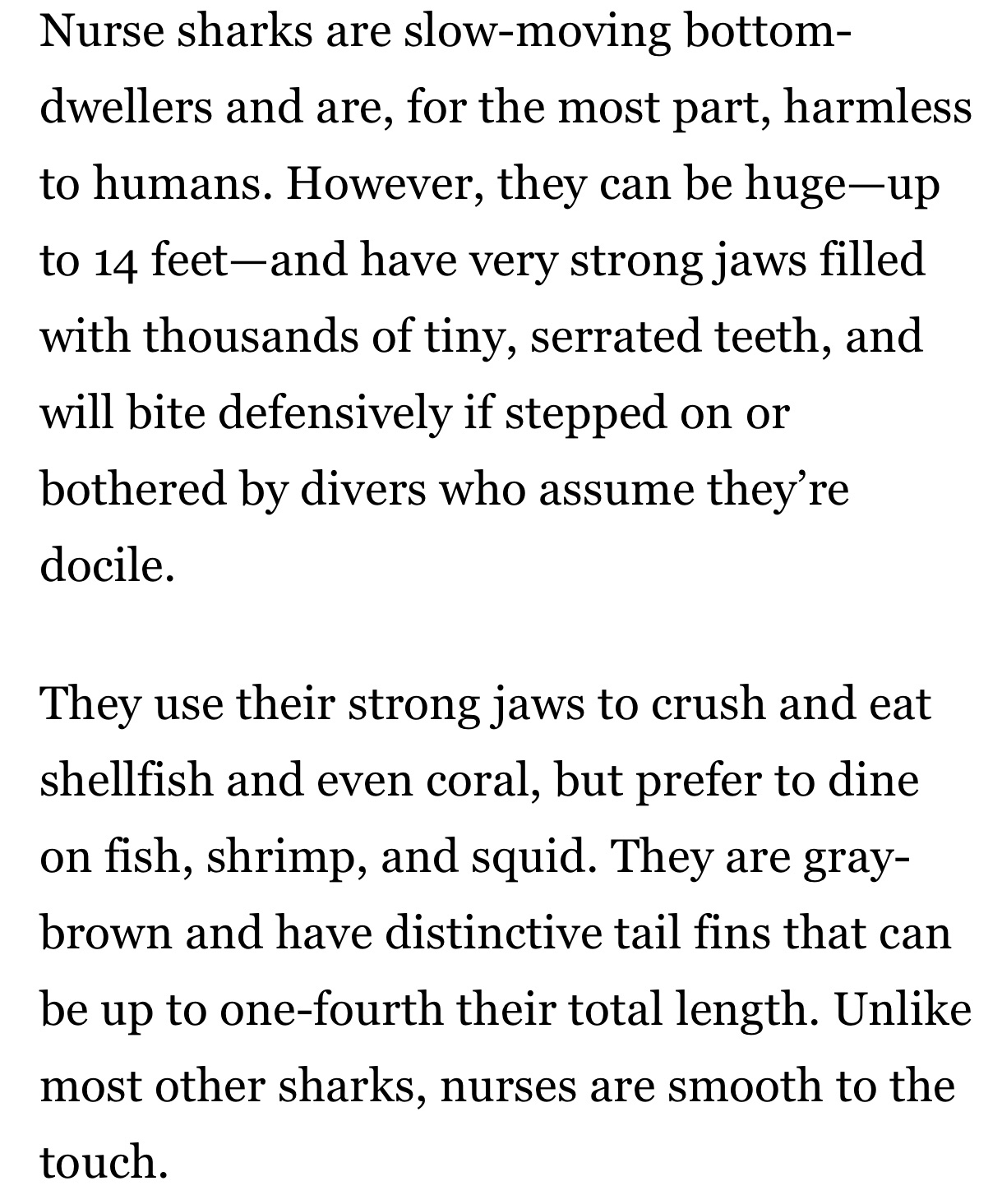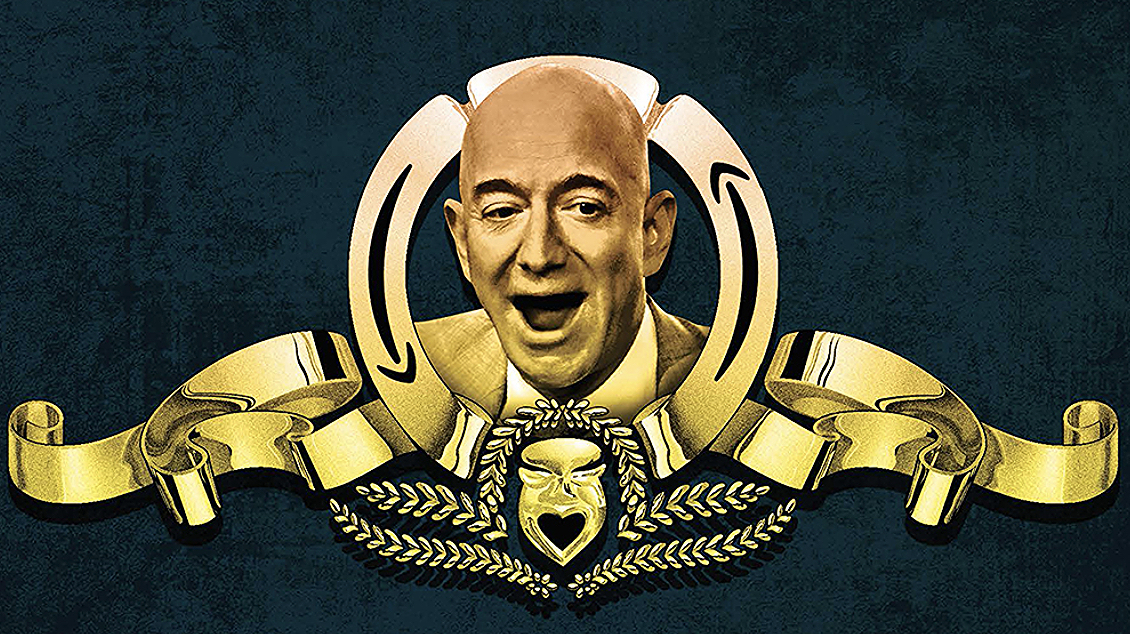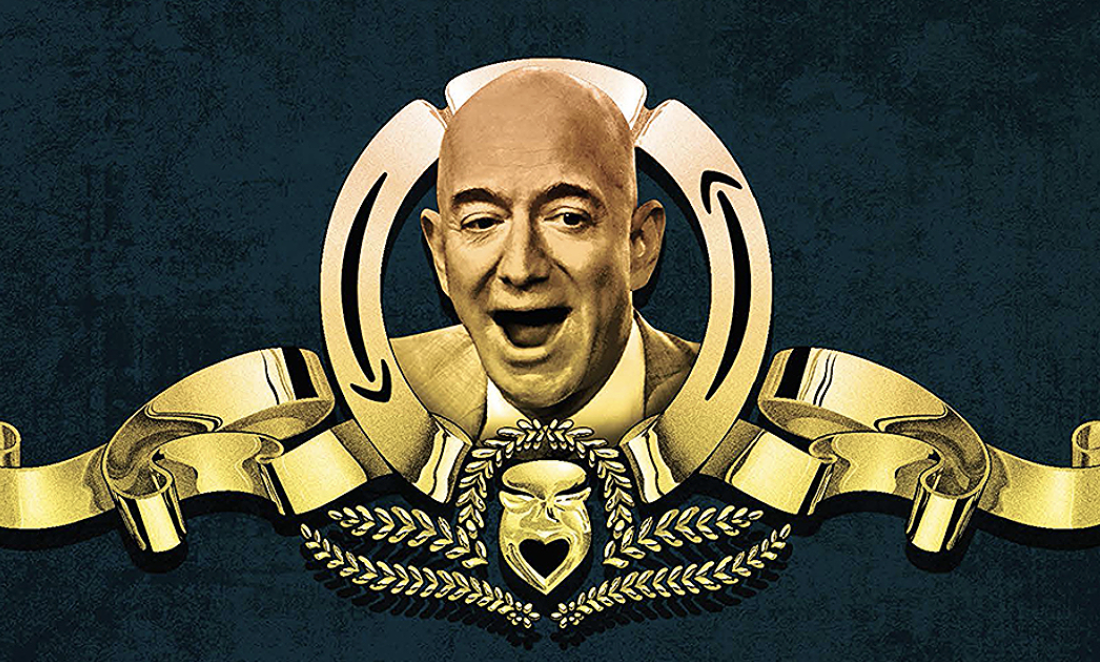
 Jeffrey Wells
Jeffrey Wells
iPhone Stolen; Bitten by Pit Bull
I was pedaling through central Caye Caulker around 8:45 am this morning, and somehow my iPhone, which was in the front basket, hopped or popped or flipped out of the basket…gone. I realized it was missing around ten or twelve minutes later. I did a “Find my iPhone” search on my laptop, and saw the green dot about four or five blocks north of where we were standing. Tatiana and I went to the local police and asked for help. Two female cops and I golf-carted up to The Split, and I checked “Find My iPhone” laptop again on the laptop. It reported that the thief had crossed the channel and was in the northern section of town.
We hired a motorboat guy to take us across the channel and went searching around…nothing. We talked to a couple of shifty-looking guys…zip. We tried the wifi at a club called Koko King, and “Find My iPhone” said it was still on this side of the channel, in some remote area. The cops asked this guy and that guy…nothing. We went back to the Koko King, and we met up with Tatiana, who had access to my “Find My iPhone” data and was sending messages to the thief and offering a cash reward. ($100 U.S. — too little?) The thief was reading her messages, she said, but wasn’t responding. Tatiana was positive that the location was the same — a brushy area off the main road.
I went back to the search area with the two cops, and then got out and started looking around. I talked to a couple of guys who said “man, this is bad, I feel your pain,” etc. I told them to please tell whomever that I would pay $200 (ransom is rising!) for the iPhone’s return — no questions asked. I went searching around in the nearby bush, and suddenly heard a growling sound and felt a sharp, stabbing pain in my upper thigh, right below the right butt cheek…bitten by a pit bull! Ahhggrhh! Now I need an antibiotic shot.
It’s now 11:20 am, the phone has been missing for two and a half hours, the dastardly thief is out there, the phone is out there…a mystery yet to be solved. “Find My iPhone” keeps changing its mind — one minute it says the iPhone is in the northern section, and then I refresh the page and it says the location is south of the Lazy Lizard. Update: “Find My iPhone” now says the phone is at the Belize Water Taxi pier. Developing…
4:55 update: Went to the local Caye Caulker medical clinic to get an antibiotic (rabies) shot — closed. What else? Try again tomorrow. Obviously the medical infrastructure on this island isn’t what it could be.
8:15 pm: I found a guy named Dr. D who administered to my dog-bitten upper thigh — cleaned wound, bandages, antibiotic shot, etc. He said I wasn’t wounded too badly — he’s seen much worse. I’m just glad the pit bull didn’t bite me in the family jewels.



Exotic Savorings
HE has eaten anchovies (on pizza), German sauerkraut (different than American kind), steak tartare, raw fish, crabs, salt-water escargot, scallops, rabbit (lapin), blue cheese salad dressing, duck (too fatty), foie gras (yuck), and Pinks hot dogs with mustard, chili and onions.
No brains, no Rocky Mountain Oysters, no sardines, no chicken feet, frog legs or pigs ears…nothing too weird. And I hate tofu.

Until Yesterday…
…I’d never heard of nurse sharks. This puts me in the same ignorance category as Cher when she claimed in ‘75 that she’d never heard of Gregg Allman when she first met him earlier that year.

Hustling God Dollars
Herewith the first images from Michael Showalter’s The Eyes of Tammy Faye (Searchlight, 9.17). Jessica Chastain as the late Tammy Faye Bakker; Andrew Garfield as the still-living Jim Bakker. Yokel bumblefuck hypocrite hustlers of the lowest, slimiest and most shameless order. Only in rural America…


Conclusive Lab Leak Evidence Likely Trashed
It pains me to consider the possibility, much less admit, that the sociopathic Mussolini and would-be Democracy destroyer Donald Trump might have been correct last year when he theorized that Covid-19 originated with a lab leak.
Rightwing nutters are theorizing that Dr. Anthony Fauci, America’s top infectious disease guy who curtly dismissed the lab leak theory but has more recently come around, may be half-complicit in the Wuhan Institute of Virology lab-leak error (if it indeed happened). Also that he had “potentially conflicting ties to China’s top scientists and the very lab under suspicion.”
From “Former MI6 chief says any Wuhan lab leak evidence has likely been destroyed,” posted in The Independent on Thursday, 6.3:
“Any evidence of a lab leak that may have caused the Covid-19 pandemic would likely have been destroyed by Chinese officials by now, a former MI6 chief has claimed.
The former intelligence chief, head of the UK’s spy agency between 1999 and 2004, has previously said the novel coronavirus is “far more likely” to have come from a lab than an animal.
Norm McDonald vs. Carrot Top Moment
Wiki page: “Chairman of the Board is a 1998 American comedy film, directed by Alex Zamm and starring Carrot Top (aka Scott Thompson) in his only lead role in a feature-length film.
“The screenplay, written by Al Septien, Turi Meyer and Zamm, is about a surfer and inventor named Edison who inherits and runs a billionaire’s company.
“Pic was poorly received by both critics and audiences. Both Carrot Top and supporting player Raquel Welch received Razzie nominations for the 1999 Golden Raspberry Award for their performances in the film.”
Chairman of the Board costar Courtney Thorne Smith was the guest on Conan o’Brien. Initial guest Norm McDonald was to her right. The good stuff begins at 4:50, picks up steam around 6:00, peaks at 6:50.
Bourdain’s Song
Morgan Neville‘s Roadrunner, a doc about the late Anthony Bourdain, will open in theatres on 7.16. The world premiere happens on June 11 at the Tribeca Film Festival.
Posted on 6.8.18: “I am stunned and appalled that Anthony Bourdain, a sensualist and an adventurer whom I admired like few others, a guy who adored sitting on a plastic stool and eating Bun Cha in Hanoi as well as scootering through rural Vietnam as much I have, a late bloomer who’d lived a druggy, dissolute life in the ’70s and ’80s but had built himself into great shape and had led a rich and robust life in so many respects…I am absolutely floored that Bourdain has done himself in.
“Bourdain was right at the top of my spitball list of famous fellows who would never, ever kill themselves because he seemed so imbued with the sensual joy of living, who had found so much happiness and fulfillment in so many foods and kitchens, in so many sights and sounds and aromas and atmospheres, travelling and roaming around 250 days per year and inhaling the seismic wonder of it all.
“Bourdain apparently suffered from depression, or so it’s being said this morning. He was 61, and by all indications was at the absolute peak of his personal journey. Like me, Bourdain’s life didn’t really take off until the late ’90s, when he was in his early 40s. But when everything finally fell into place and he became famous and semi-wealthy, he seemed to revel in the feast but without losing his head. He always kept his sanity and sense of modesty.
“In a perfect world Donald Trump would hang himself in his White House bedroom and Bourdain would go on living and travelling and taping episodes of Parts Unknown until he was 98 and perhaps beyond.
Mitigated Cannes
Hollywood Elsewhere is cool with not attending the 2021 Cannes Film Festival. Okay, I can’t afford it this year but I probably wouldn’t be going anyway if I was flush. Even for fully-vaxed, all-but-bulletproof types like myself the pandemic situation still seems a bit dicey and sketchy. For myself and many others, the only 2021 festival that will really count is Telluride, and I for one can’t wait for that puppy.
Other than Leos Carax‘s Annette, Wes Anderson‘s The French Dispatch, Asghar Farhadi‘s A Hero, Paul Verhoeven‘s Benedetta, Mia Hansen-Løve‘s Bergman Island, Sean Penn‘s Flag Day and Tom McCarthy‘s out-of-competition Stillwater, which will surface stateside before long, the only Cannes title I’m a little bit sorry about missing the debut of is Sean Baker‘s Red Rocket, a Vancouver-set drama about a porn star attempting to reconnect with his estranged family.
Cannes will debut four promising-sound docs — Oliver Stone’s JFK Revisited: Through the Looking Glass, Todd Haynes‘ Velvet Underground, Charlotte Gainsbourg‘s Jane by Birkin and Val, a career-recapping portrait of Val Kilmer. All will pop through soon enough.
I realize this reads like an overly brief assessment, but the Cannes voltage is low this year…face it. The pandemic timetable was stacked against it.
Roaring Dominance
No comment about Amazon’s $8.5 billion acquisition of MGM, which has been a nothing brand for decades. Nor was I particularly stirred by Cynthia Littleton’s assessment of the situation. All I care about is whether or not we’ll soon be hearing the Trump tapes that MGM TV honcho Mark Burnett has been sitting on since ’16 or thereabouts. The rest of the questions will sort themselves out.
What I’m most impressed by right now is the Jeff Bezos roaring lion art by Variety‘s Cheyne Gateley.
















